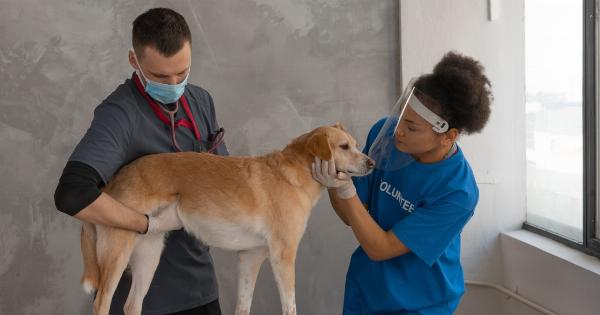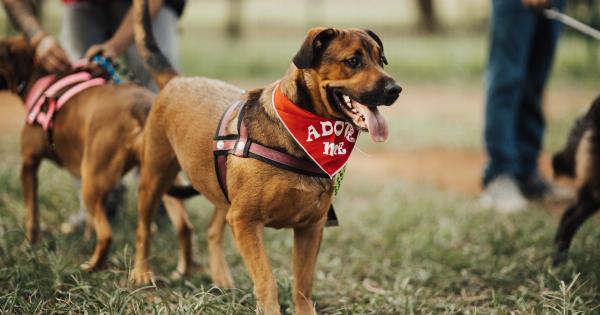Joint pain is a common condition that affects both dogs and cats. This condition can be caused by arthritis, hip dysplasia, or simply wear and tear due to age.
Joint pain can make it difficult for pets to move around or perform activities that they once enjoyed. Fortunately, there are several ways to manage joint pain in pets and help them lead a comfortable life.
1. Maintain a Healthy Weight
Carrying extra weight can put additional strain on joints, making joint pain worse. Ensure that your pet maintains a healthy weight to reduce stress on their joints.
This can be achieved by feeding them healthy, well-balanced meals and encouraging regular exercise.
2. Provide Regular Exercise
Although pets with joint pain may be reluctant to exercise, it is important to keep them active to strengthen their muscles and joints. This can be done by taking your pet on regular walks, swimming, or playing gentle games such as fetch.
However, it is important to avoid high-impact activities that could further damage their joints.
3. Give Joint Supplements
Joint supplements can help reduce inflammation and improve joint health. Glucosamine and chondroitin supplements are popular options that can help ease joint pain in both dogs and cats.
However, it is important to consult with your veterinarian before starting any supplement regimen.
4. Use Medications
Your veterinarian may prescribe medications to help manage joint pain. Nonsteroidal anti-inflammatory drugs (NSAIDs) such as aspirin, carprofen, and meloxicam can help reduce pain and inflammation.
However, prolonged use of these medications can cause side effects, so it is important to follow your veterinarian’s instructions carefully.
5. Make Environmental Changes
Simple changes to your pet’s environment can help them manage joint pain. Providing soft bedding can help cushion their joints, while ramps or steps can make it easier for them to reach high places.
Adding non-slip surfaces to floors can also help reduce falls.
6. Consider Physical Therapy
Physical therapy can help improve joint mobility and reduce pain. This can include massage, range-of-motion exercises, and hydrotherapy.
However, physical therapy should only be performed under the guidance of a licensed veterinarian or veterinary therapist.
7. Discuss Surgical Options
In severe cases of joint pain, surgery may be required to alleviate pain and improve mobility. Joint replacement surgery is a common option for pets with advanced arthritis or hip dysplasia.
However, surgery should only be considered after all other options have been exhausted.
Conclusion
Joint pain is a common condition that affects many pets. However, with proper management, pets can lead comfortable lives.
Maintaining a healthy weight, providing regular exercise, giving joint supplements, using medications, making environmental changes, considering physical therapy, and discussing surgical options are all strategies that can help manage joint pain in dogs and cats.






























